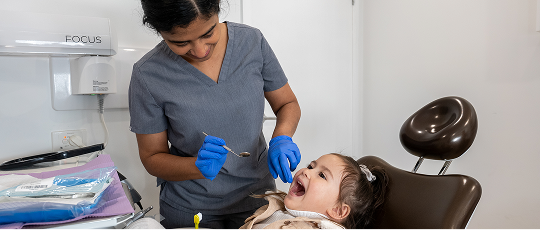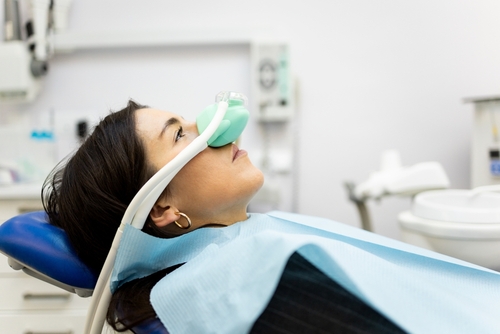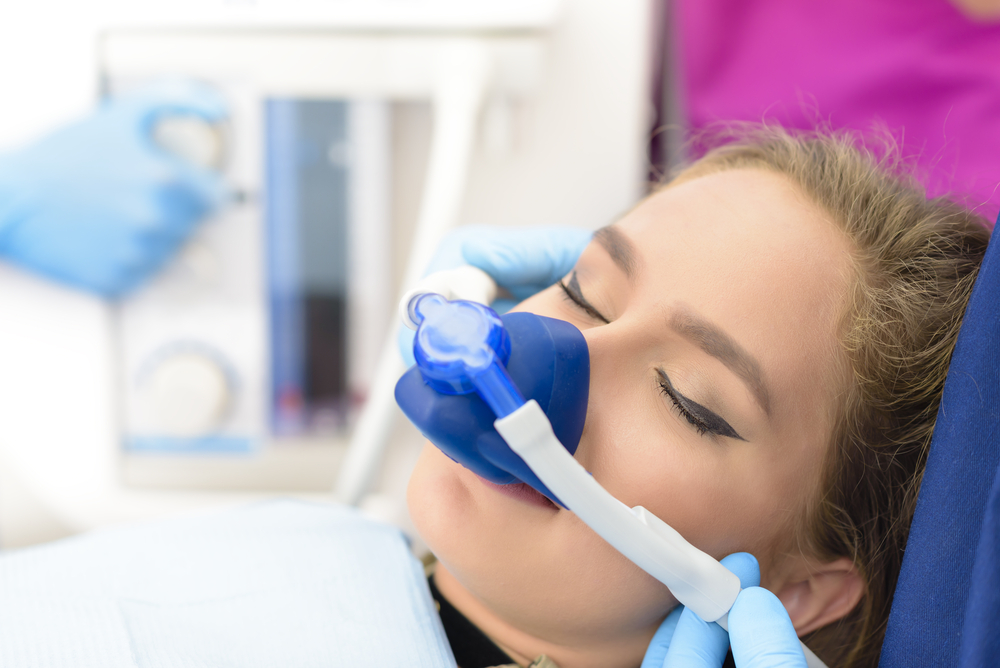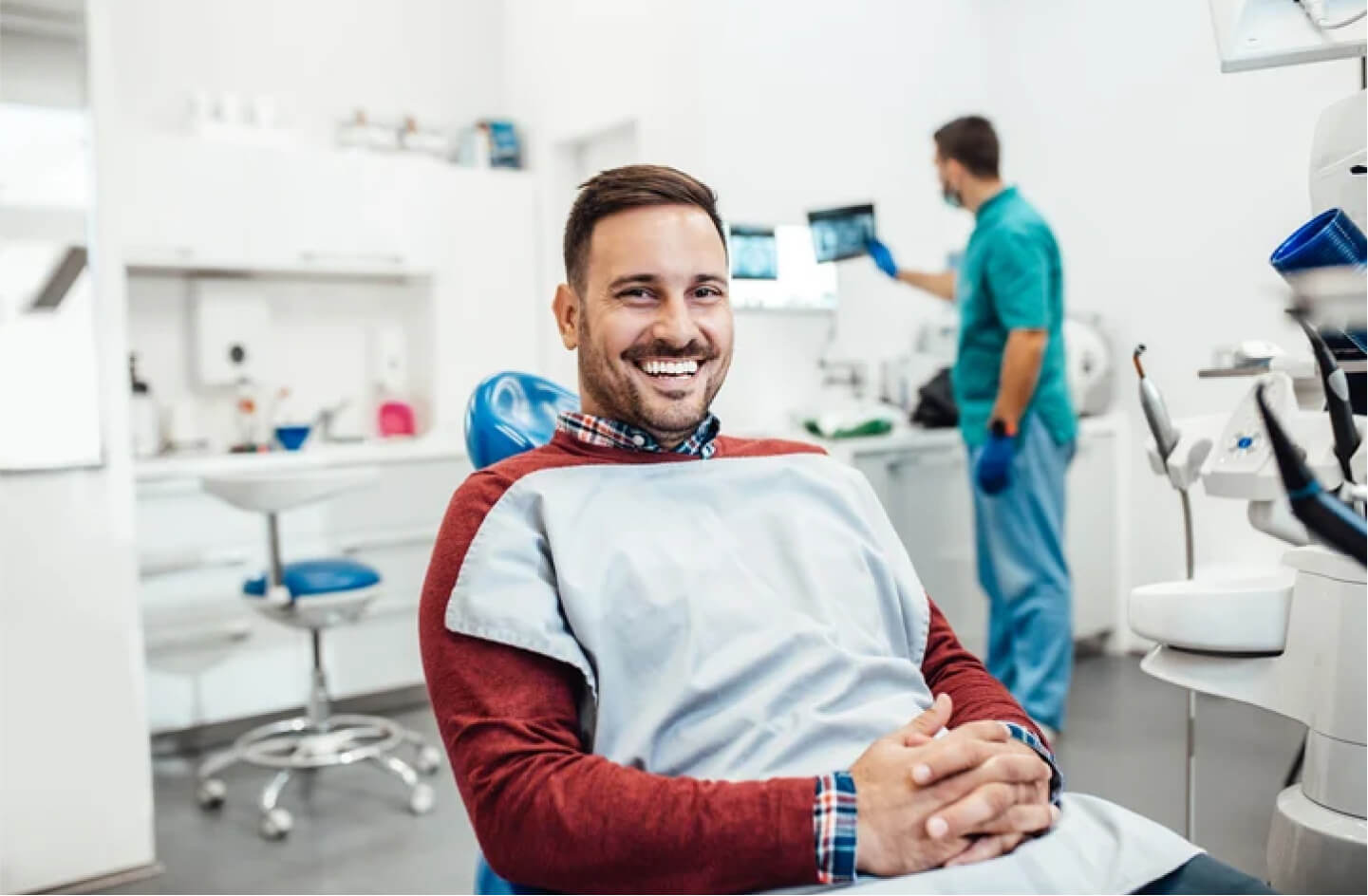Have you ever felt anxious about visiting the dentist? If so, you're not alone. Many people experience dental anxiety or phobia, making it difficult to undergo necessary dental treatments. However, there is a solution that can help alleviate these fears and make dental visits more comfortable: sleep dentistry. Unfortunately, there are several myths and misconceptions surrounding this type of dental sedation.
In this article, we will debunk these myths and shed light on the truth about sleep dentistry.
Myth 1: Only Anxious Patients Need Sleep Dentistry
One common misconception is that sleep dentistry is only for patients with dental anxiety. While it is true that sleep dentistry can greatly benefit anxious patients, it is not limited to them. Sleep dentistry can also be beneficial for those undergoing lengthy or complex dental procedures, such as dental implant placement or wisdom tooth removal. Additionally, it can provide additional pain relief for patients who are resistant to local anaesthesia or have tooth sensitivity.
Myth 2: There is Only One Type of Sedation
Contrary to popular belief, sleep dentistry encompasses various types of sedation. At Mulgrave Dental Group, we offer a range of sedation options to suit the needs and preferences of our patients. These options include:
- Oral sedation: This involves taking a mild to moderate sedative in pill or liquid form before the dental treatment.
- Happy gas: Also known as nitrous oxide, this mild sedation is administered through a face mask, inducing a calm and dream-like state.
- Sleep dentistry: Intravenous (IV) sedation is administered through a cannula in the arm, producing a calm and semi-conscious state. Patients may fall asleep but can still communicate with their dentist.
- General anaesthesia: This strong sedation is provided in a hospital setting and is typically recommended for more complex procedures. The patient remains unconscious throughout the procedure.
These sedation options are used in conjunction with local anaesthesia to numb any pain during the dental treatment.

Myth 3: Patients Will Be Asleep and Unable to Communicate
One misconception about sleep dentistry is that patients will be completely asleep and unable to communicate their pain or discomfort. In reality, not all patients fall asleep under IV sedation. Instead, they enter a calm and relaxed state, similar to being asleep. If patients remain awake, they may only feel slight pressure in their mouth but will be able to communicate with their dentist. General anaesthesia, on the other hand, renders patients unconscious and unaware of any sensations.
Myth 4: Sedation Will Cause Patients to Behave Oddly
Another myth about sleep dentistry is that patients may behave or say something silly due to the sedation. In most cases, dental sedatives are designed to help patients relax and feel calm, rather than elicit unusual behaviour. While patients may feel light-headed or have a temporary lapse in memory, they should not exhibit behaviour or speech that deviates from their normal selves. It's important to remember that dental professionals and anesthesiologists are experienced in managing sedated patients and are accustomed to any temporary changes in behaviour.
Myth 5: Sleep Dentistry is Only For Complex Treatments
Sleep dentistry is often associated with complex dental procedures, leading to the misconception that it is not suitable for routine treatments. However, sleep dentistry can be used for all types of dental treatments, including routine cleanings and fillings. At Mulgrave Dental Group, our team tailors the treatment plan to the individual needs and comfort levels of the patient, ensuring a stress-free experience regardless of the procedure.

Myth 6: Sedation is Dangerous
Sleep dentistry is a routine and safe process that enables more people to access essential dental care while reducing their oral health risks. The sedation is administered by a qualified and experienced GP anaesthetist who closely monitors the patient's vital signs throughout the treatment. Sleep dentistry poses less risk than other forms of sedation, including general anaesthesia, which is why it can be safely performed in a dental practice following the standards set by the Dental Board of Australia.
While temporary side effects, such as drowsiness and dizziness, are possible, serious side effects are rare and can be avoided by assessing the patient's medical history and individual risk factors beforehand.
Myth 7: Sleep Dentistry is Not Safe For Children
While certain types of sedation may not be recommended for children, milder sedatives like happy gas are routinely used in paediatric dentistry to assist with complex procedures. These sedatives are safe for children and can help alleviate their anxiety, allowing for a more comfortable dental experience. If you have concerns about sleep dentistry for your child, consult with their dentist, who can provide detailed information and address any questions or worries you may have.

Myth 8: Recovery From Sedation is Time-Consuming
Recovery times vary depending on the type of sedation used, but sleep dentistry typically does not significantly interfere with patients' daily lives and responsibilities. For patients who receive happy gas, the effects wear off quickly once the sedation is stopped. Oral sedation and IV sedation usually wear off fully within 6 hours, allowing patients to resume most normal activities the day after their treatment. However, it is recommended to avoid driving for 24 hours after these sedation methods. General anaesthesia has a longer recovery time, with potential effects on memory, concentration, and reflexes lasting up to 24 hours. Patients who undergo general anaesthesia should refrain from driving for 48 hours.
Assessing Eligibility For Sleep Dentistry
Sleep dentistry is generally safe for most patients with good general health. However, certain medical conditions and lifestyle factors may determine whether alternative forms of sedation, such as general anaesthesia, are more suitable. Factors that may affect eligibility for sleep dentistry include being under 15 years old, having a liver or kidney disorder, having a medical condition involving the nervous system, having a history of radiation therapy, being pregnant or breastfeeding, having severe obstructive sleep apnea (OSA), being diabetic on insulin, being allergic to the sedatives used, or having a BMI over 40.
At Mulgrave Dental Group, our dentists will carefully assess patients' overall health and medical history to determine the most suitable type of sedation.

Sleep dentistry offers a safe and effective way to overcome dental anxiety and comfortably undergo necessary dental treatments. By debunking the myths surrounding sleep dentistry, we hope to encourage more patients to consider this option and prioritise their oral health. If you have any questions or would like to explore sleep dentistry further, contact the team at Mulgrave Dental to schedule a consultation. Don't let dental anxiety hold you back from achieving a healthy and beautiful smile.
Note: The information provided in this article is for educational purposes only and should not replace professional dental advice. Consult with your Mulgrave Dental Group dentist for personalised recommendations and treatment options.
Smile Makeover Client
Your Healthier Smile Awaits
Whether you're looking to improve your dental health or enhance your smile, we're here to help. Book an appointment with Mulgrave Dental Group today!
Book Now


